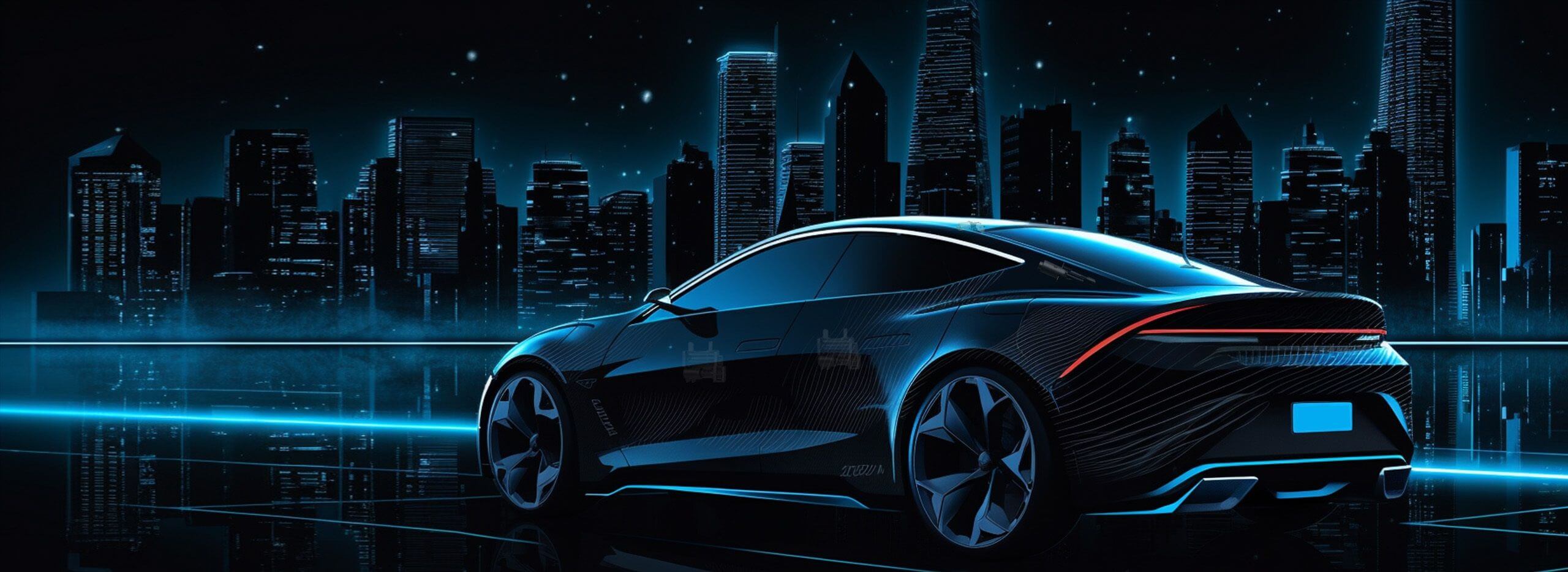Certainly! Here’s the first part of an engaging, detailed article centered on transitioning from DC motors to servo motors. I’ll provide it in the format you specified.

part 1:
Unveiling the Evolution of Motors: From DC to Servo
In the bustling world of automation and robotics, the heartbeat of motion lies in the motors that drive mechanical systems. For decades, DC motors have been the workhorses of industry—robust, straightforward, and reliable. However, as technology progresses and demand for precision escalates, servo motors are emerging as the game-changer that elevates efficiency and control to new heights. To appreciate this transition, we should start with a clear understanding of what each type of motor brings to the table and how their core functionalities differ.
DC Motors: The Trusted Classic
Direct Current (DC) motors are a staple in many applications due to their simplicity and ease of control. They operate on the principle that when current flows through a coil within a magnetic field, a force is generated, creating rotational motion. This basic design allows for straightforward speed control by varying the applied voltage or current, making DC motors versatile for various tasks—from small household appliances to large industrial conveyors.
Key advantages include their simplicity, cost-effectiveness, and high starting torque. Nonetheless, DC motors have limitations such as wear and tear due to brushes and commutators, lower efficiency at high speeds, and challenges in achieving precise positioning without auxiliary feedback systems. These shortcomings can pose issues in applications that demand high precision, repeatability, or complex motion profiles.
Enter the Servo Motor: Precision Made Possible
Servo motors are a category of rotary actuators designed explicitly for precise control of angular position, velocity, and acceleration. They incorporate a built-in feedback system—usually encoders or resolvers—that continuously monitor the motor’s actual position or speed and compare it to a command signal. This feedback loop allows the control system to make real-time adjustments, ensuring the motor responds accurately and rapidly to commands.
Unlike standard DC motors, servo motors are optimized for high performance in control applications. They come with integrated or external controllers known as servo drives, which process the feedback signals and adjust the motor’s operation accordingly. The result? Unmatched precision, repeatability, and dynamic response—traits vital in robotics, CNC machinery, aerospace, and other fields where microscopic deviations can have significant consequences.
Core Differences and Their Implications
The distinction between traditional DC motors and servo motors extends beyond their internal design; it fundamentally influences how they are employed in real-world systems:
Control Complexity DC motors often require simple variable voltage supplies or PWM (pulse-width modulation) control for basic speed regulation. Servo motors necessitate sophisticated control systems that incorporate feedback devices and servo drives, enabling closed-loop control. Positioning and Accuracy DC motors lack intrinsic positional feedback. Achieving accurate positioning depends on external encoders or sensors, complicating the system design. Servo motors have integrated feedback mechanisms, allowing for precise position control out-of-the-box. Speed and Torque Performance DC motors excel at providing high starting torque but can suffer from inefficiencies during continuous operation at varying speeds. Servo motors maintain high efficiency over a wide speed range and can deliver precise torque control, especially when governed by feedback. Maintenance and Longevity DC motors with brushes and commutators require regular maintenance—wearing out over time. Servo motors are often brushless (BLDC) or closed-loop systems with minimal wear, promising longer service life and reduced downtime.
Why the Shift Toward Servo Motors?
The transition from classic DC motors to servo systems isn’t merely about upgrading; it’s driven by the increasing complexity and precision demands of modern applications. Industries such as automation, aerospace, medical devices, and high-end manufacturing are elevating standards, necessitating motors that can deliver repeatable, precise movements under varying loads and conditions.
For example, in robotic arms used in delicate assembly lines or surgical procedures, micro-movements and exact positioning can be the difference between success and failure. Similarly, high-speed CNC machines depend on servo motors to achieve tight tolerances that avoid defects and maximize efficiency.
Performance Metrics in the Spotlight
When comparing DC motors and servo motors, several key metrics highlight their suitability for different tasks:
Precision & Repeatability: Servo motors excel due to their closed-loop feedback, ensuring movements are accurate to within fractions of a degree. Dynamic Response: Servo systems respond rapidly to changes, making them ideal for applications requiring quick acceleration or deceleration. Efficiency: Brushless servo motors deliver high efficiency, reducing energy consumption during operation. Complexity & Cost: DC motors are more straightforward and budget-friendly but offer less control sophistication.
The Big Picture: Choosing the Right Tool for the Job
Deciding whether to stick with a DC motor or switch to a servo solution hinges on the specific needs of your application. If simplicity, cost, and basic control suffice, a well-chosen DC motor can do the job. Conversely, if the task demands high precision, complex motion profiles, or integrated feedback, stepping up to servo motors becomes not just advantageous but almost mandatory.
Within the next section, we will explore how this transition takes place in practice—what modifications or system integrations are involved, and what future trends promise even more exciting capabilities in the realm of motor control. Hold tight; the revolution in motion control is well underway.
Leveraging innovations in modular drive technology, Kpower integrates high-performance motors, precision reducers, and multi-protocol control systems to provide efficient and customized smart drive system solutions.




































